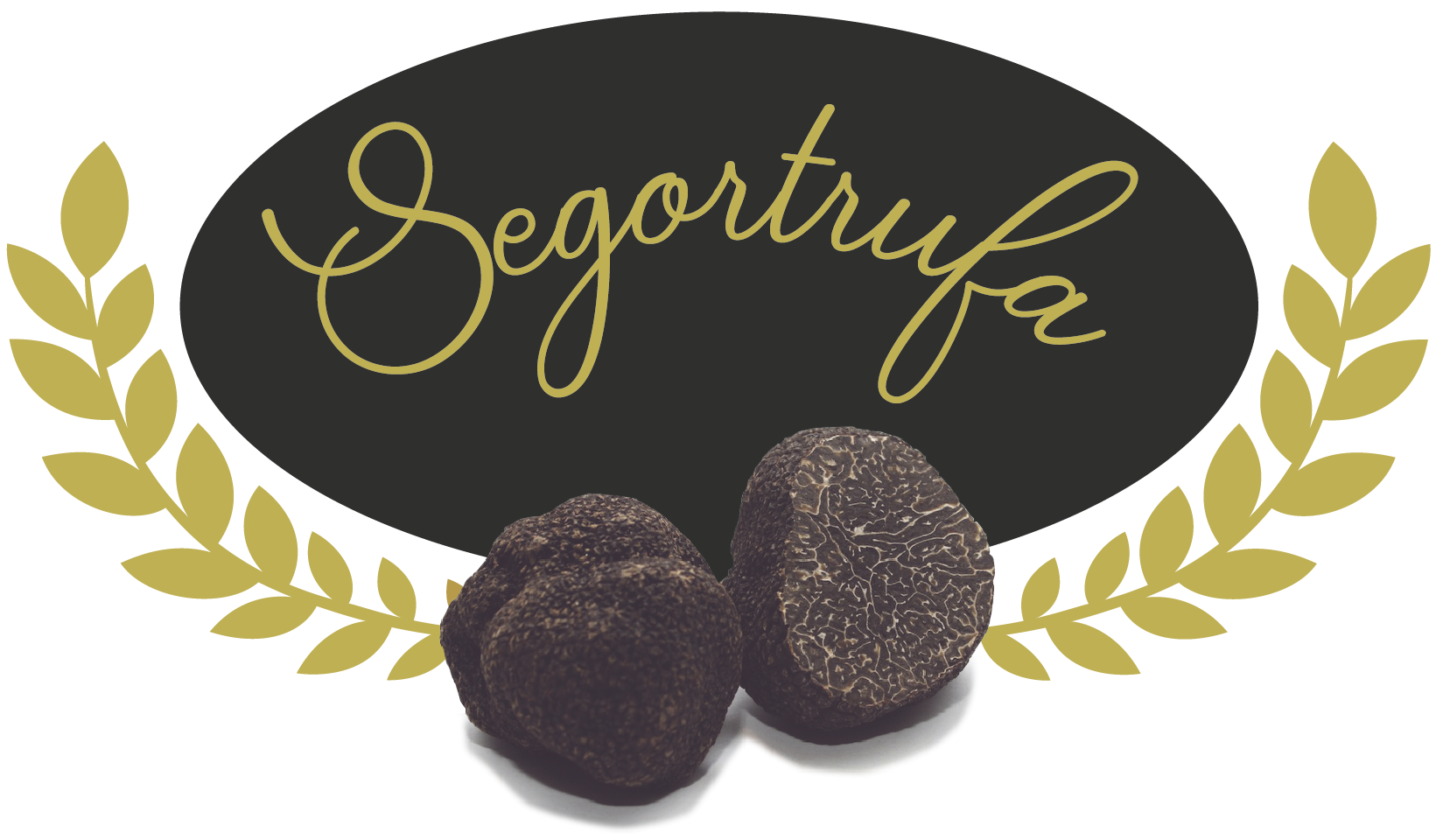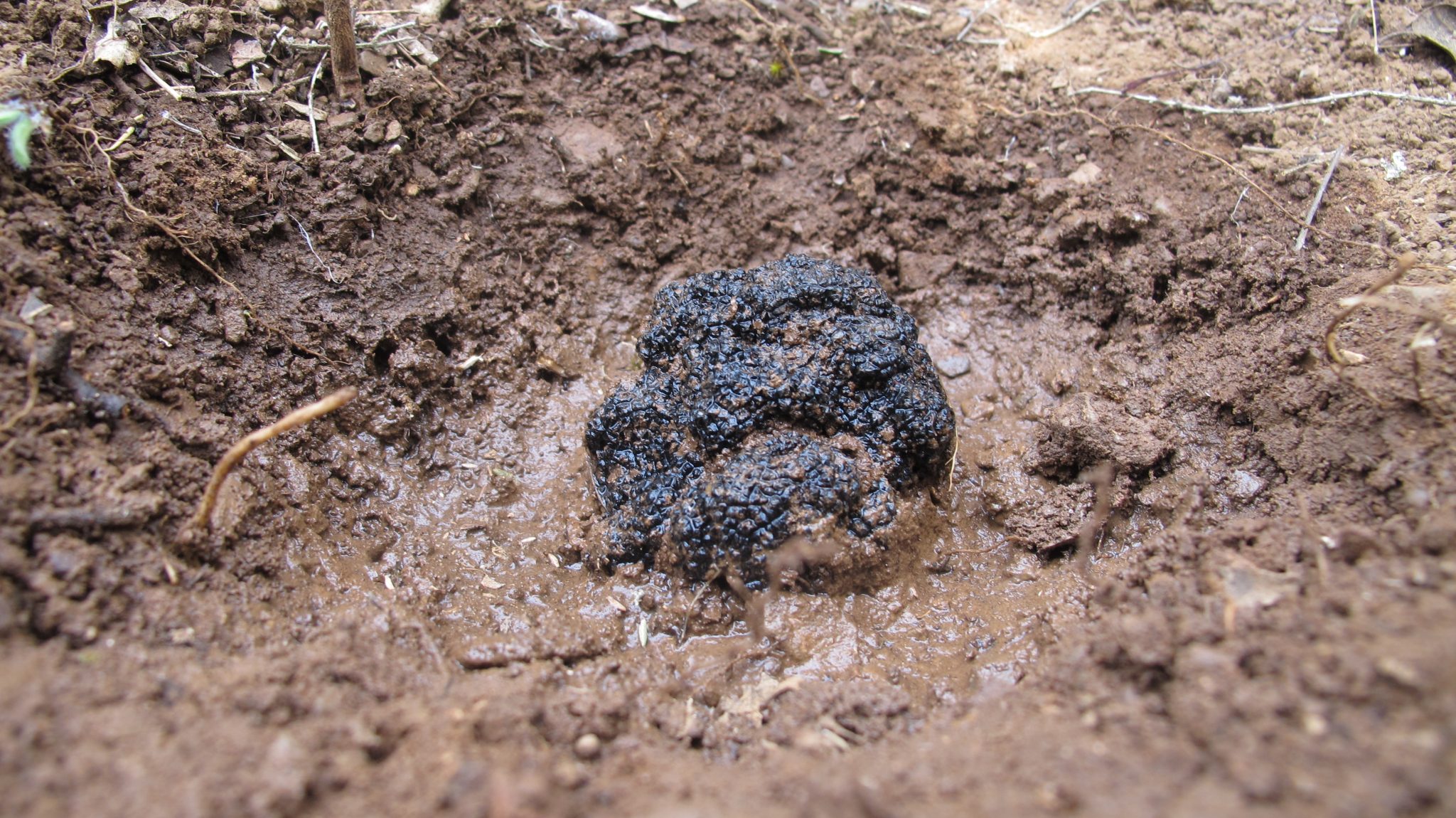History
of the truffle
The truffle is a fruit of the earth that has been known since ancient times. The earliest written references date back to 1600 – 1700 BC, to the time of the Sumerians and the patriarch Jacob. The ancient Sumerians used the truffle by mixing it with other vegetables such as chickpeas, lentils and mustard, while the ancient Athenians worshipped it to the point of granting citizenship for inventing new recipes. In a sort of gastronomic competition held in Athens, first prize was awarded to a baked lard dough stuffed with minced pheasant breasts and thinly sliced truffles, seasoned with salt and various spices.
First mentions
The earliest known mentions are not European. The first to speak of them were the Sumerians when they list on their clay tablets the eating habits of their enemies, the Amorites. We are talking about the times of the third dynasty of Ur, more than two thousand years before our era, and the fact is that the ancients were more refined and civilised than we sometimes think. In the Egypt of the Pharaohs, truffles triumphed among the wealthy classes and were cooked in fats, already sensing the most profitable way to extract the best qualities from it. The ‘tuber terrae’ of ancient times probably did not resemble the highly perfumed truffle known today, but was more similar to the ‘terfezia leonis’ or similar species. The latter were more abundant at that time than today in areas such as North Africa and West Asia, weighing up to four kilos, which makes it all the more understandable why they were so highly prized, to the point of being called “food of the gods”.

What are truffles?
Truffles are underground fungi that live associated with the roots of some trees, mainly holm oaks, hazelnut, oak and pine trees, with which they establish a symbiosis, called mycorrhiza, which produces a mutual benefit for both the fungus and the plant. It is a fungus ascomycete of the family Tuberaceae. More than 30 species of truffles are known in Europe, only a few of which are of culinary value for commercialization. Only four stand out for their commercial value: Tuber melonosporum, the black or Perigord truffle; Tuber brumale, or Magenca truffle; Tuber aestivum, or summer truffle; and Tuber magnatum, or Italian or Piedmont white truffle.
The black truffle, with the scientific name Tuber Melanosporum, also known in France as “Truffe de Périgord” and in Italy as “Tartufo nero pregiato”, is the most appreciated truffle in Italy, Spain and France. It is a fungus found under the soil (hypogeous), of blackish or greyish appearance, with purplish tones. It has an irregular shape; the skin is very thin and is covered with warts. It measures from 3 to 12 cm in diameter and weighs between 20 and 200 grams…continue reading here.

